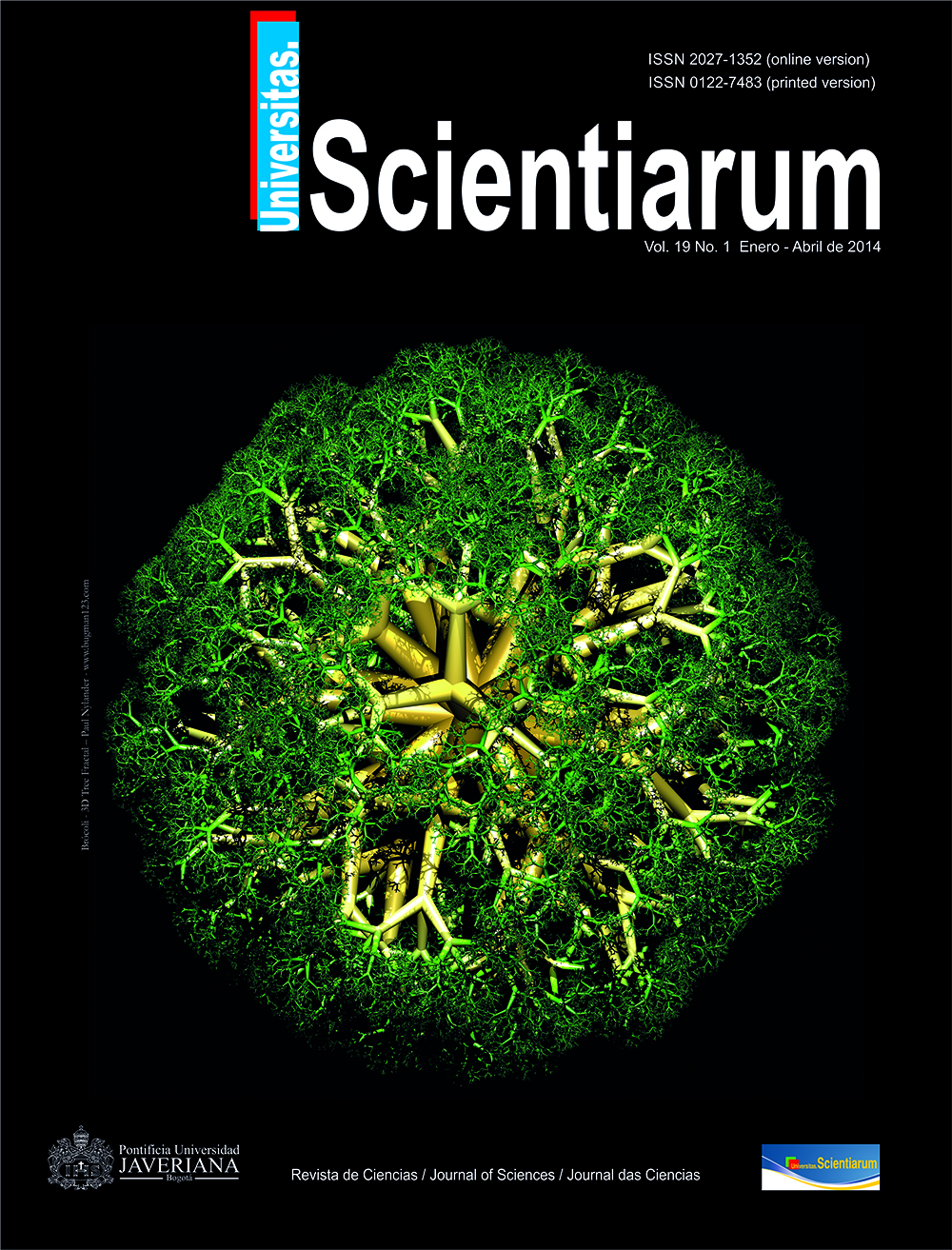Procesos hopping a través del modelo difusional en materiales nanocristalinos usados para aplicaciones fotovoltaicas
Published
Apr 28, 2014
Almetrics
Dimensions
##plugins.themes.bootstrap3.article.details##
Abstract
Here, we present variable range hopping (VRH) models, nearest neighbor hopping (NNH) and potential barriers present at the grain boundaries, as well as mechanisms of electrical transport predominant in semiconductor materials for photovoltaic applications. We performed dark conductivity measures according to temperature for low temperature regions between 120 and 400 K in Si and Cu3BiS2 and Cu2ZnSnSe4 compounds. Using the percolation theory, we obtained hopping parameters and the density of states near the Fermi, N(EF) level for all samples. Using the approach by Mott for VRH, we obtained the diffusion model, which established the relationship between conductivity and density of defect states or localized gap states of the material. The comparative analysis between models evidenced that it is possible to obtain improvement of an order of magnitude in the values of each of the hopping parameters that characterize the material.
Keywords
Semiconductors, hopping transport, diffusion model.
References
How to Cite
Dussan, A., & Mesa, F. (2014). Procesos hopping a través del modelo difusional en materiales nanocristalinos usados para aplicaciones fotovoltaicas. Universitas Scientiarum, 19(2), 107–113. https://doi.org/10.11144/javeriana.SC19-2.phmd
Issue
Section
Micro & Nanotechnology


